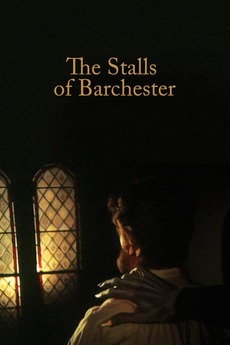What do you think?
Rate this book


Kindle Edition
First published April 1, 1910
The archdeacon’s stall, situated at the south-east end, west of the episcopal throne . . . is distinguished by some curious ornamentation. . . the prayer-desk is terminated at the eastern extremity by three small but remarkable statuettes in the grotesque manner. One is an exquisitely modelled figure of a cat, whose crouching posture suggests with admirable spirit the suppleness, vigilance, and craft of the redoubted adversary of the genus Mus. Opposite to this is a figure seated upon a throne and invested with the attributes of royalty; but it is no earthly monarch whom the carver has sought to portray. His feet are studiously concealed by the long robe in which he is draped: but neither the crown nor the cap which he wears suffice to hide the prick-ears and curving horns which betray his Tartarean origin; and the hand which rests upon his knee, is armed with talons of horrifying length and sharpness. Between these two figures stands a shape muffled in a long mantle. This might at first sight be mistaken for a monk or “friar of orders gray”, for the head is cowled and a knotted cord depends from somewhere about the waist. A slight inspection, however, will lead to a very different conclusion. The knotted cord is quickly seen to be a halter, held by a hand all but concealed within the draperies; while the sunken features and, horrid to relate, the rent flesh upon the cheek-bones, proclaim the King of Terrors. These figures are evidently the production of no unskilled chisel; and should it chance that any of your correspondents are able to throw light upon their origin and significance, my obligations to your valuable miscellany will be largely increased.’
